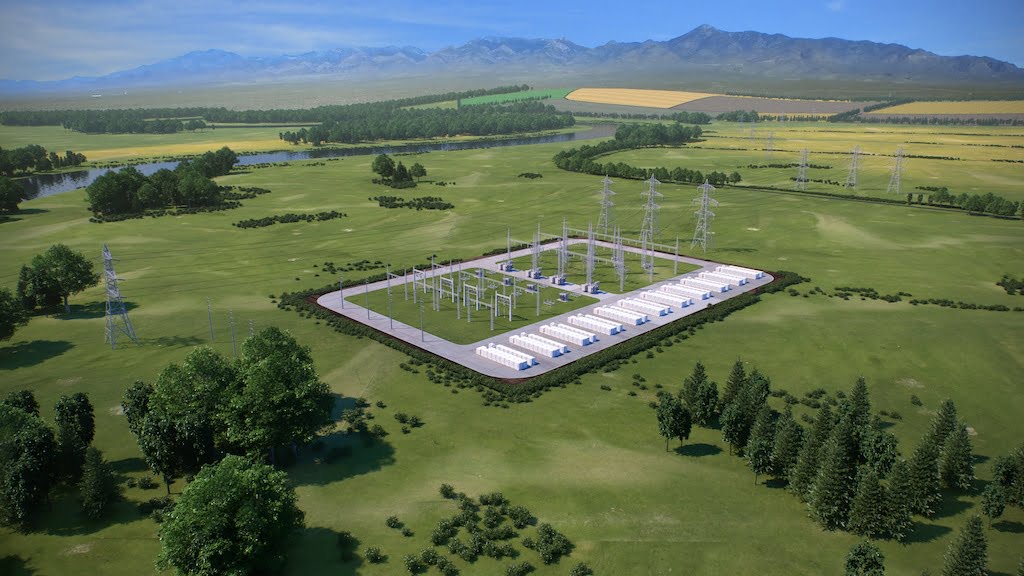
Getting grid interconnection rights for energy storage in the US is difficult largely because procedures in place were not designed with energy storage in mind.
A consortium headed up by the Interstate Renewable Energy Council (IREC) and supported by the US Department of Energy’s Solar Energy Technologies Office seeks to solve that situation, citing that barriers to interconnection are unnecessary, but solvable.
Energy-Storage.news has heard from various sources that it can be a long and difficult process, not helped by COVID-19 related delays over the past two years. The US’ regional transmission and distribution providers have long queues of solar-plus-storage and standalone battery storage projects from developers waiting their turn.
A point of connection to the grid, without which a battery system becomes quite literally pointless, is an extremely valuable piece of any project set to participate in grid services or energy markets.
IREC has led a multi-year project, Building a Technically Reliable Interconnection Evolution for Storage (BATRIES) and the result is a free toolkit and guide that makes recommendations for solving eight prominent regulatory or technical barriers to energy storage interconnection.
Also in the BATRIES project team were the Electric Power Research Institute (EPRI), trade associations Solar Energy Industries Association (SEIA) and California Solar & Storage Association (CALSSA), utility groups New Hampshire Electric Cooperative (NHEC) and PacifiCorp, with Shute, Mihaly & Weinberger, a law firm.
“By modernising the rules that govern the interconnection of energy storage systems, regulators and utilities can enable significantly more renewable energy on the distribution grid — in some cases as much as double the capacity,” IREC president and CEO Larry Sherwood said.
“They can also make the interconnection process faster, predictable, and less costly for applicants.”
Barriers identified include the lack of inclusion of energy storage in interconnection rules, the need to update export rules and better information on where on the grid the best strategic locations to place storage capacity would be.
Seth Hilton, an industry specialist at law firm Stoel Rives told Energy-Storage.news recently that California’s grid operator CAISO is getting far more energy storage interconnection requests than can be dealt with.
The state’s utilities and other load-serving entities might not be able to meet mandated deployment targets, he said. With California being the leading energy storage market in the US and therefore more experienced in working to integrate batteries, the situation did not bode well for other jurisdictions which are further behind, Hilton said.
“Problems with interconnection for energy storage systems, both big and small, are on the rise in California,” California Solar & Storage Association (CALSSA) executive director Bernadette Del Chiaro said yesterday as the BATRIES toolkit was launched.
“Every policy maker and regulator who cares about energy reliability and the rapid deployment of clean energy solutions should pay attention to this toolkit today.”
The toolkit can be downloaded from the BATRIES website here.


